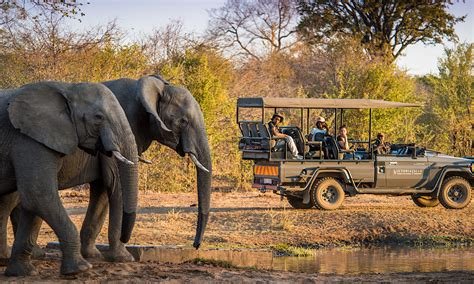Discover the perfect African safari with our guide on picking destinations, essential gear, accommodation types, must-see wildlife, itinerary planning, and photography tips.Embarking on a safari adventure in Africa is a dream for many, stirring the imagination with visions of majestic wildlife and breathtaking landscapes. But with such a diverse and vast continent, the thought of planning your perfect safari can be overwhelming. Fear not, intrepid traveler, because our ‘Ultimate Guide to Safari Adventures in Africa’ is here to light the path through the savannahs and jungles of this enchanting land. Whether you’re wondering how to pick a destination that sings to your soul, what gear will ensure a comfortable and safe journey, where to lay your head under the African stars, which animals to look out for on your explorations, how to schedule your days to maximize awe-inspiring encounters, or the secrets to capturing photographs that will make your memories immortal, this guide is your compass to navigating the wild beauty of Africa. Let’s start the journey together, with the first step being choosing the right safari destination for your epic adventure.
Choosing the Right Safari Destination

When it comes to embarking on a quintessential safari experience, Choosing the Right Safari Destination is paramount to ensuring that your journey is as enriching and memorable as it possibly can be. With a diversity of landscapes and wildlife, each destination offers a unique window into the wild and untamed heart of Africa, from the sweeping savannas of the Serengeti to the waterways of the Okavango Delta.
As one delves deeper into the planning stages, key considerations such as the type of ecosystem you wish to explore, the species of wildlife you hope to encounter, and the level of adventure you’re willing to undertake become ever more significant. Deciding between the rolling grasslands of Kenya’s Masai Mara, which play host to the breathtaking Great Migration, and the arid deserts of Namibia, where one can marvel at the adapted wildlife and dramatic landscapes, can make all the difference in tailoring your safari to your expectations.
Furthermore, the timing of your safari is an influential factor that affects not only the wildlife sightings but also the overall ambiance of your adventure. For instance, planning your journey around peak season in Southern Africa will give you the best chance to witness herds of animals gathering around the remaining waterholes, while traveling right after the rainy season in East Africa can reward you with lush scenery and vibrant birdlife, making the decision of when to go as pivotal as where to go.
Ultimately, the Choosing the Right Safari Destination is a personal quest that should align with your dreams and desires. Whether it is the seclusion and exclusivity offered by private reserves or the raw and rugged terrains of national parks, each location presents an array of choices that promise to bring you face-to-face with the majesty of the African wilderness.
Essential Safari Gear and Equipment
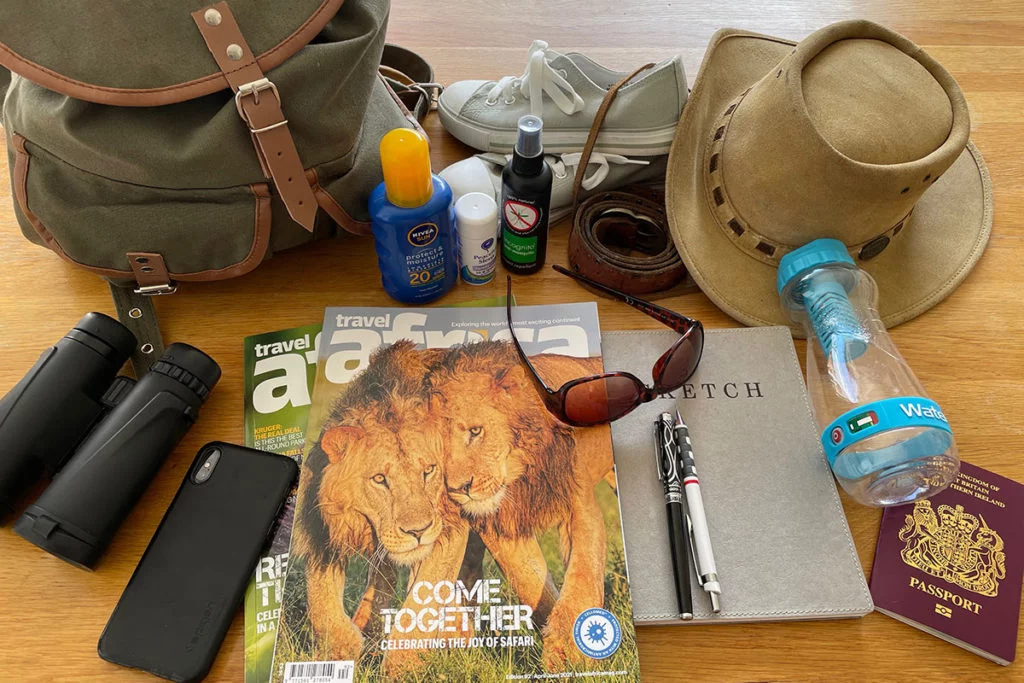
When embarking on a thrilling safari adventure, it is crucial to pack the right gear and equipment to ensure a comfortable and safe experience amidst the rugged beauty of the African wilderness. Opting for the essentials can mean the difference between a trip riddled with inconveniences and a seamless journey through the savanna. It is imperative to consider the variable climate conditions, the type of wildlife you plan to observe, and the activities you will partake in when selecting your gear.
One indispensable item for any safari goer is a pair of high-quality binoculars, which serve as a vital tool for spotting elusive wildlife from a safe and respectful distance. Pairing this with a good camera equipped with a suitable zoom lens can greatly enhance your ability to capture those incredible moments you’ll surely want to remember. Meanwhile, protection from the sun is paramount, so a wide-brimmed hat and high-SPF sunscreen are absolute necessities to shield yourself from the intense African sun.
Given the varied terrain and potential for long walks, durable, comfortable footwear is another piece of essential gear; this will often come in the form of well-fitted hiking boots, which should be worn in prior to your trip to avoid blisters. Adding to the list, a reliable daypack is also vital for carrying water, snacks, and other essentials during your outings. And while the days may be hot, temperatures often drop at night; therefore, having a warm jacket or fleece can provide you with the necessary warmth for the chilly evening game drives.
Furthermore, incorporating a set of lightweight, breathable clothing in neutral colors helps in blending with the natural environment and can be crucial for staying cool during the daytime heat. To ward off mosquitoes and other insects, it is recommended to carry a strong insect repellent and consider clothing treated with insect-protection technology. Remember, when on a safari, being well-equipped not only enhances the overall experience but also ensures a certain level of preparedness for the unpredictability that comes with an encounter with the wild and majestic landscapes of Africa.
Types of Safari Accommodation Options
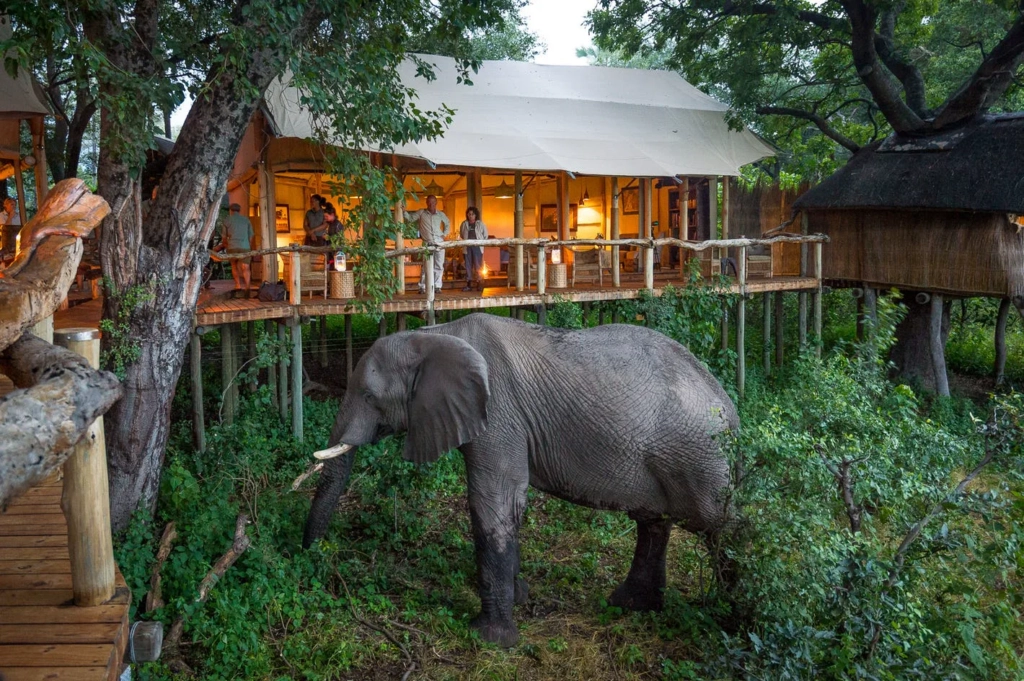
When embarking on a thrilling safari adventure, selecting the perfect place to stay plays a significant role in the overall experience, with numerous types of safari accommodation options available to suit every taste and budget; from lavish and luxurious lodges that offer amenities to rival any five-star hotel, to the more rustic and authentic immersion into nature via tented camps where the sounds of the wild provide an unforgettable soundtrack to your stay.
The luxury safari lodges provide not just a place to rest but a sanctuary of comfort in the heart of the wilderness, boasting spacious rooms, private plunge pools, and often, exquisite views of the surrounding landscape, allowing for wildlife sightings from the comfort of one’s accommodation; indeed, these lodges frequently include guided game drives and sumptuous meals, crafting an all-encompassing exclusive experience.
Conversely, tented safari camps offer a closer connection with the natural environment, where you can fall asleep under the stars to the nocturnal chorus of the African bush and awaken to the soft glow of dawn, these camps vary from basic to opulent, but all promise a more authentic and immersive safari vibe; some tented camps are even semi-permanent, moving with the seasons to ensure the best wildlife viewing possible.
Lastly, for those who seek adventure but also adhere to a budget, there are self-catering rest camps and budget lodges, these types of accommodations allow for a hands-on approach to your safari experience, where you have the opportunity to mingle with fellow travelers in communal cooking and dining areas, thus providing not only a cost-effective stay but also the chance to exchange tales of the day’s sightings and experiences with like-minded individuals.
Must-See Wildlife in Africa
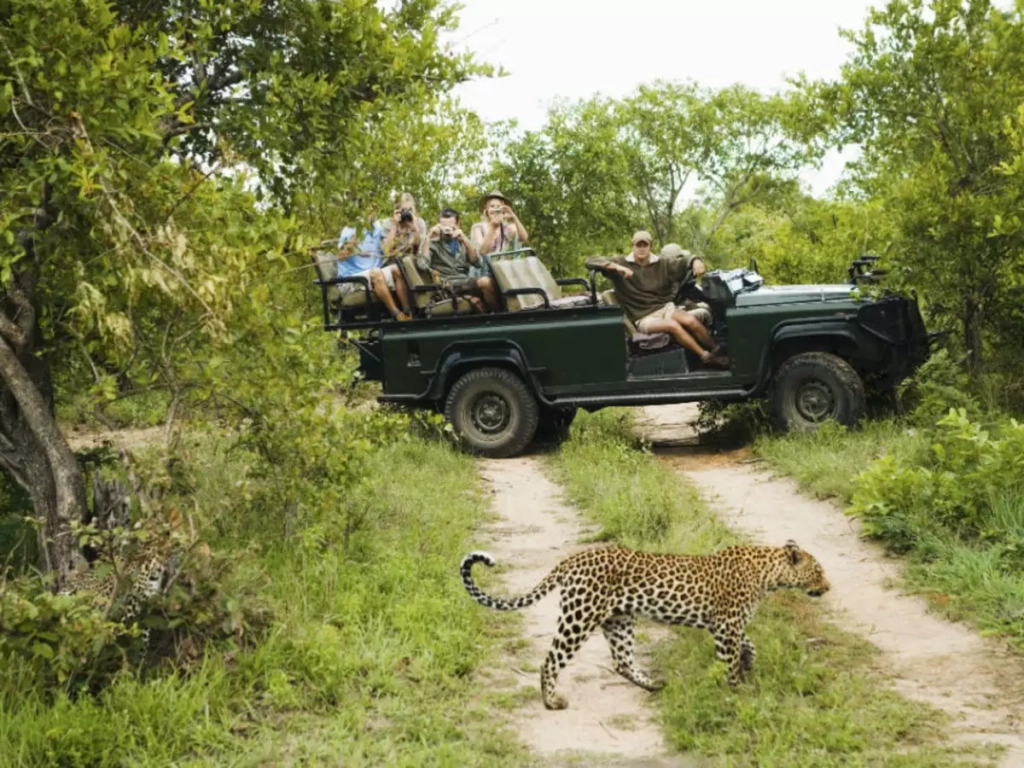
The African continent is a veritable Eden for wildlife enthusiasts, offering unrivaled opportunities to observe some of the world’s most iconic animals in their natural habitats. Among the myriad of must-see wildlife in Africa, the majestic African Elephant stands tall as a symbol of strength and community, roaming the savannahs and forests in herds that can number in the hundreds. The sight of these gentle giants, with their intricate social structures and emotional depth, is an awe-inspiring testament to the beauty and complexity of the natural world.
Not to be overshadowed, the powerful African Lion, with its deep roar resonating across the plains, is the epitome of wild beauty and a key member of Africa’s Big Five. Observing a pride in the wild, whether lazily resting under the shade of an acacia tree or engaged in a heart-pounding hunt, is an experience that stirs the soul, reminding us of the rawness and unpredictability of nature. For those with a penchant for the stealthy and elusive, the African Leopard, with its graceful movements and striking spotted coat, offers an almost hypnotic spectacle when spotted amongst the tree branches or silently stalking its prey.
Another noteworthy creature to seek out on your African safari is the critically endangered Black Rhino, a prehistoric-looking beast that wanders the wilds with a sense of ancient wisdom in its step. The opportunity to observe this vulnerable species in the wild is a poignant reminder of the importance of conservation efforts and the fragility of the diverse ecosystems in Africa. Similarly, the enigmatic Cheetah, the world’s fastest land animal, captivates the imagination with its swift and elegant pursuit of prey, embodying the breathtaking spectacle of nature’s finely tuned design for speed and efficiency.
Lastly, an African safari would be incomplete without witnessing the grandeur of the Great Wildebeest Migration. This annual journey, where millions of wildebeest along with zebras and other ungulates traverse the Serengeti-Mara ecosystem, is a natural phenomenon of epic proportions and a stunning display of the interconnectedness of the African wildlife. It’s a dynamic tableau of life and survival that showcases the relentless cycle of nature, and it is something that should be at the top of any wildlife aficionado’s bucket list.
Planning Your Safari Itinerary
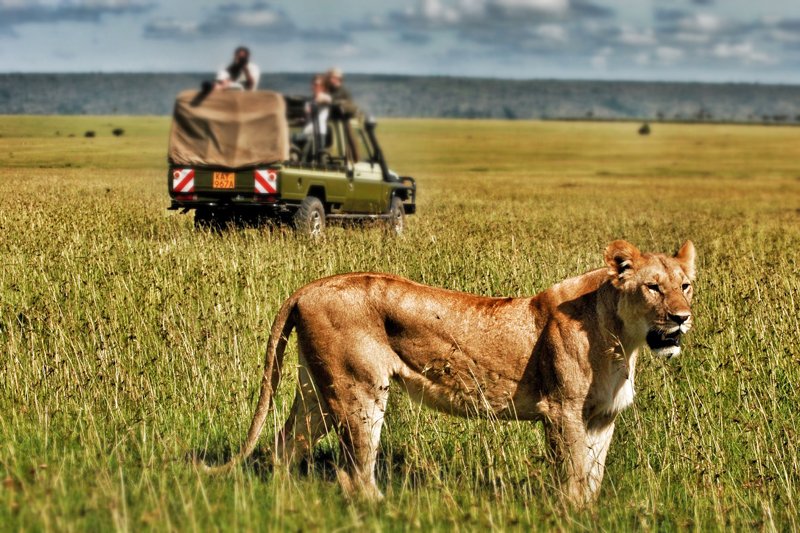
Embarking on a journey into the wild, the success of a safari often hinges upon meticulous planning and creating an impeccable itinerary that allows you to experience the very essence of the African wilderness without feeling rushed or missing out on the hidden treasures of the landscape. As you chart out your days, it is crucial to balance adventure with relaxation, ensuring each safari drive affords you ample opportunity to witness the awe-inspiring flora and fauna, while also granting time for reflection and rest amid the serene backdrop of the savannah.
Integral to a well-crafted safari itinerary are the considerations concerning the duration of stays at various reserves and parks; a longer sojourn in a single location might afford a deeper connection and understanding of the area’s unique ecosystem, whereas a shorter, well-planned visit can still provide a rich tapestry of wildlife experiences and photographic opportunities. When you contemplate the logistics for your journey, bear in mind that overly ambitious travel between far-flung destinations can be enervating and might detract from the immersive experience you seek, hence choosing regions and attractions that are within reasonable proximity can enhance the overall satisfaction of your voyage.
Your itinerary’s flexibility can make or break your safari adventure, as the unpredictable nature of wildlife and weather demands a certain degree of adaptability; for instance, a sighting of a leopard dragging its catch up a tree or the sudden onset of a thunderous rainstorm are ephemeral moments that might necessitate a change in plans, allowing you to fully embrace these wild encounters. Thus, it is advisable to incorporate buffer time within your schedule, providing leeway to linger a bit longer to marvel at a pride of lions or to simply bask in the golden sunset unspooling over the acacia-speckled horizon.
Finally, the nuanced intricacies of seasons and wildlife migration patterns cannot be overstated when it comes to crafting your safari itinerary; understanding the times of year when certain species are more prevalent or when migratory herds traverse the plains can be the difference between a memorable safari and an extraordinary one. Consulting with experienced guides, studying regional wildlife cycles, and aligning your travel dates accordingly are strategies that can exponentially enhance your prospects of witnessing nature’s grand spectacles, such as the dramatic river crossings during the Great Migration or the flamboyant mating dances of birds in the breeding season.
How to Capture Incredible Safari Photographs
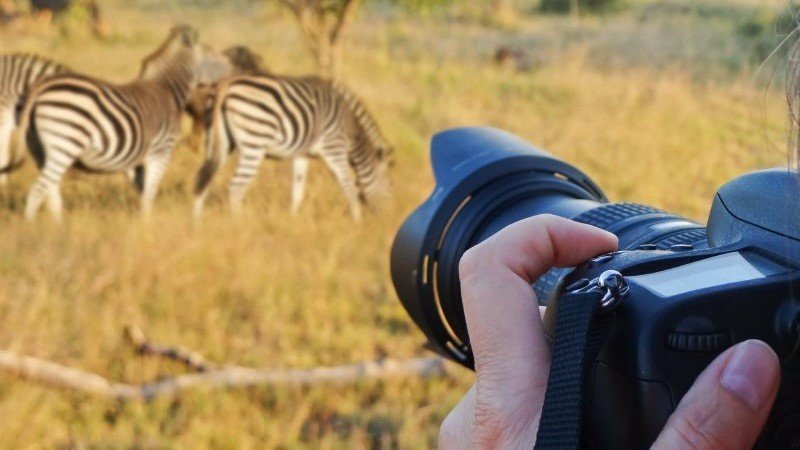
When embarking on the exciting journey of a safari, one desires not only to experience the wonders of the wild but also to capture the quintessence of these moments in incredible safari photographs. To seize the raw beauty and majesty of nature, one must approach the task with a combination of the right equipment, patience, and an understanding of wildlife behavior, which altogether compose the melodic score for the symphony of safari photography. Nevertheless, it is crucial to remember that safety should never be compromised while being preoccupied with encapsulating the authentic essence of the safari through the lens of a camera.
Acquiring the appropriate camera gear is paramount in this visual storytelling endeavor, with the choice of a telephoto lens being particularly consequential to portray the breathtaking details of animals in their natural habitats, without intruding upon their space or disturbing their peace. Harnessing the full potential of the golden hour light, which bathes the African savannah in a warm, ethereal glow during sunrise and sunset, can transform a simple snapshot into a masterpiece, imbuing it with vibrancy and depth. Furthermore, understanding the subtleties of camera settings, such as shutter speed, aperture, and ISO, for various scenarios is indispensable for tweaking in accordance to the capricious lighting and movement conditions often encountered in the wild.
In the serendipitous moments when a chance encounter with a rare animal occurs, readiness is vital; hence, having your camera accessible and prepared is critical in not missing that split second when a leopard emerges from the underbrush or an eagle swoops gracefully through the cerulean sky. Conversely, one must also be steadfast and patient, as sometimes the most awe-inspiring shots are born out of periods of quiet anticipation, where the natural world gradually unfolds its narrative in front of a silent, unseen observer. Such instances of stillness can give birth to poignant images that resonate with the spirit of the safari and the profound serenity one finds amidst the tapestry of the African wilderness.
Finally, while the act of capturing the perfect shot is undeniably exhilarating, it is of utmost importance to immerse oneself in the experience and not solely focus on viewing these magnificent creatures and landscapes through the intermediary of a camera lens. To photograph a safari is to weave together a visual diary that evokes the essence of the journey; one that can be returned to time and time again, eliciting the sensory array of sounds, sights, and scents that comprise the majesty of the African safari – ultimately, these snapshots become timeless treasures, gateways to reliving the adventure in its full color and splendor.
Frequently Asked Questions
What factors should be considered when choosing a safari destination in Africa?
When choosing a safari destination in Africa, factors to consider include the type of wildlife you want to see, the climate, the landscape, your budget, the level of adventure you’re seeking, political stability of the country, and specific interests such as birdwatching or big cats.
Could you list some essential gear and equipment for a typical safari trip?
Essential safari gear typically includes binoculars, a good camera, protective clothing such as a hat and sunglasses, sunscreen, sturdy walking boots, insect repellent, a reusable water bottle, and a daypack. Depending on the type of safari, additional items like a sleeping bag or malaria prophylaxis might be necessary.
What are the different types of safari accommodation options available?
Safari accommodation options range from luxury lodges and tented camps to basic campgrounds. Luxury lodges often provide all-inclusive service with amenities, while tented camps offer a more authentic experience without sacrificing comfort. Budget travelers might opt for campgrounds or rest camps, which are more economical but offer fewer frills.
Can you highlight some must-see wildlife that travelers should look out for in Africa?
Africa is home to an incredible variety of wildlife. Must-see animals include the ‘Big Five’ – lions, leopards, rhinoceros, elephants, and Cape buffalo. Other iconic species to look out for are giraffes, zebras, cheetahs, hippos, gorillas, and a wide assortment of bird species.
How important is it to have a planned itinerary for a safari, and what should it include?
Having a well-planned itinerary is crucial for maximizing your safari experience. It should include a schedule of game drives, park visits, rest periods, meal times, and optional activities such as bush walks or cultural visits. Ensure flexibility to accommodate weather changes or special wildlife sightings.
What tips do you have for capturing incredible safari photographs?
To capture incredible safari photographs, use a good quality camera with a zoom lens, practice patience to wait for the perfect shot, make use of the golden hours around sunrise and sunset for the best light, and understand the behavior of animals to anticipate their actions. It’s also important to respect the wildlife and maintain a safe distance.
Are there any ethical considerations to keep in mind when going on a safari?
Yes, ethical considerations include respecting local cultures and the natural environment, not feeding or disturbing wildlife, supporting conservation efforts by choosing responsible safari operators, and considering the impact of your visit on the local ecosystem and communities. Always follow the guidelines and rules set by the safari guides and park authorities.
